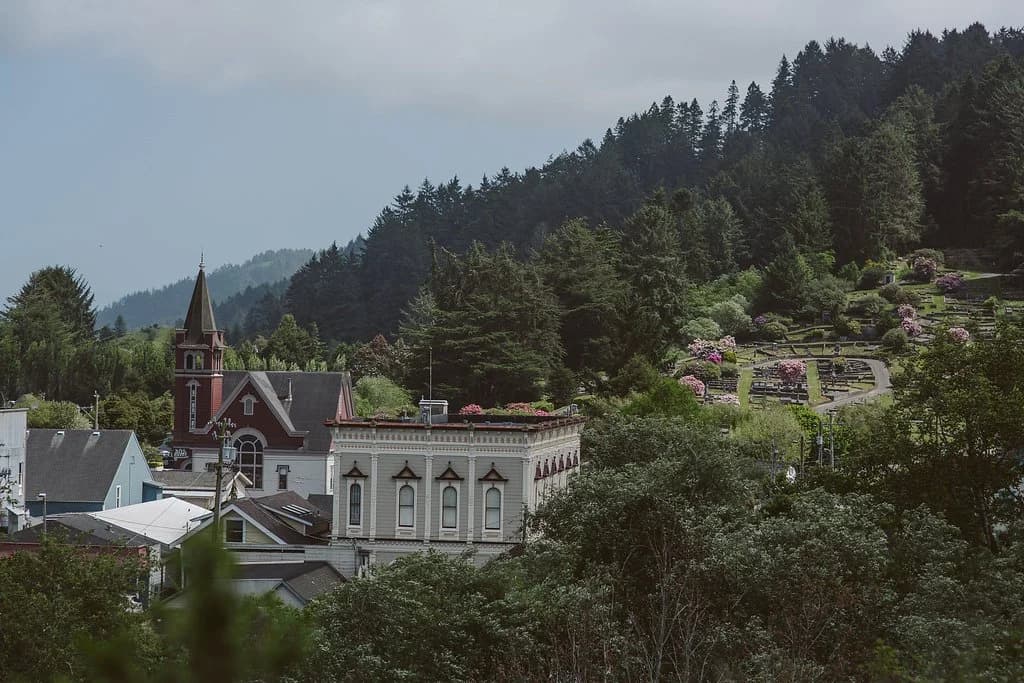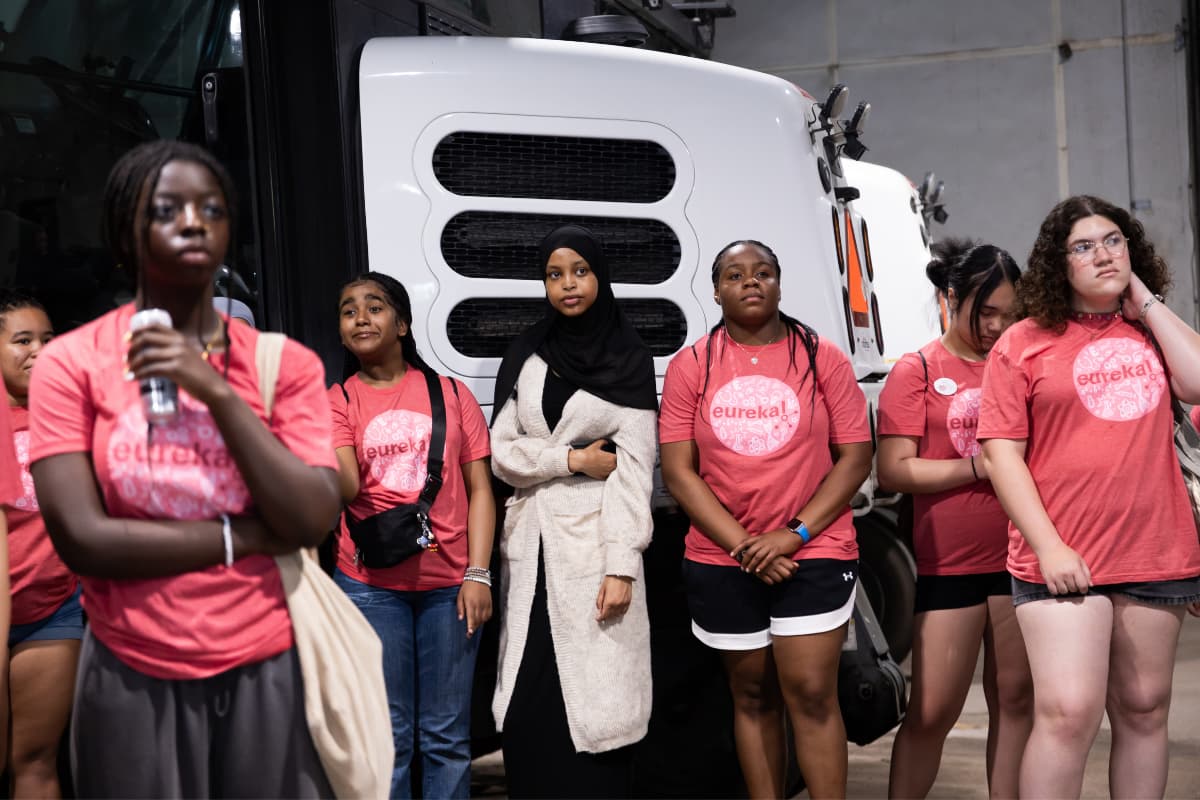Sequoia Park Zoo red panda moves into renovated habitat, donors credited
Sequoia Park Zoo’s red panda Saffron began transitioning into a renovated, donor funded red panda habitat on November 12, 2025, the zoo announced through social media and press notes. The move matters for Humboldt County because it boosts local conservation programming, attracts visitors to the zoo, and could lead to a breeding recommendation from the Red Panda Species Survival Plan.

Sequoia Park Zoo reported on November 12, 2025 that its male red panda Saffron has begun moving into a renovated exhibit designed specifically for the species. The zoo said Saffron is settling into the improved habitat and that it is awaiting a recommendation from the Red Panda Species Survival Plan about whether a female companion should be added to the collection. The project was completed with support from donors acknowledged by the zoo.
The announcement is a modest animal update on its face, but it carries several implications for the Humboldt County community. Upgraded exhibits contribute to educational programming and animal welfare, and they serve as a draw for families, school groups, and tourists. For a local institution like Sequoia Park Zoo, these visits translate into admission revenue and ancillary spending that supports staffing, outreach, and other exhibits across the facility.
From a conservation perspective, the queried decision from the Red Panda Species Survival Plan matters. That multizoo management process coordinates placements and potential pairings to preserve genetic diversity and long term viability for species kept in accredited collections. A recommendation to introduce a female companion could set the stage for future breeding, which would connect Sequoia Park Zoo to national conservation efforts rather than simply offering a local attraction.
The project was presented as donor funded and the zoo publicly thanked named contributors for supporting the Red Panda Improvement Project. In an era where local public budgets are often constrained, private philanthropy plays an important role in enabling capital improvements for small regional zoos. That dynamic raises policy questions about the balance between donor priorities and public responsibilities for community amenities, and it shapes how institutions plan future upgrades or programs.
For Humboldt residents, the immediate invitation from the zoo to come and look for Saffron in his new space offers a simple opportunity for recreation and learning. The zoo can leverage the renovated habitat for outreach and classroom visits that highlight species conservation, habitat needs, and the global challenges facing animals like red pandas. Over the long term, success in housing and potentially breeding a red panda would enhance the zoo’s profile and strengthen Humboldt County’s role in conservation networks.
Sequoia Park Zoo’s update on Saffron is a reminder that local investments in cultural and natural institutions produce both community benefits and links to broader scientific programs. Visitors interested in seeing Saffron can check the zoo’s channels for the latest viewing information and any subsequent announcements from the Red Panda Species Survival Plan.


